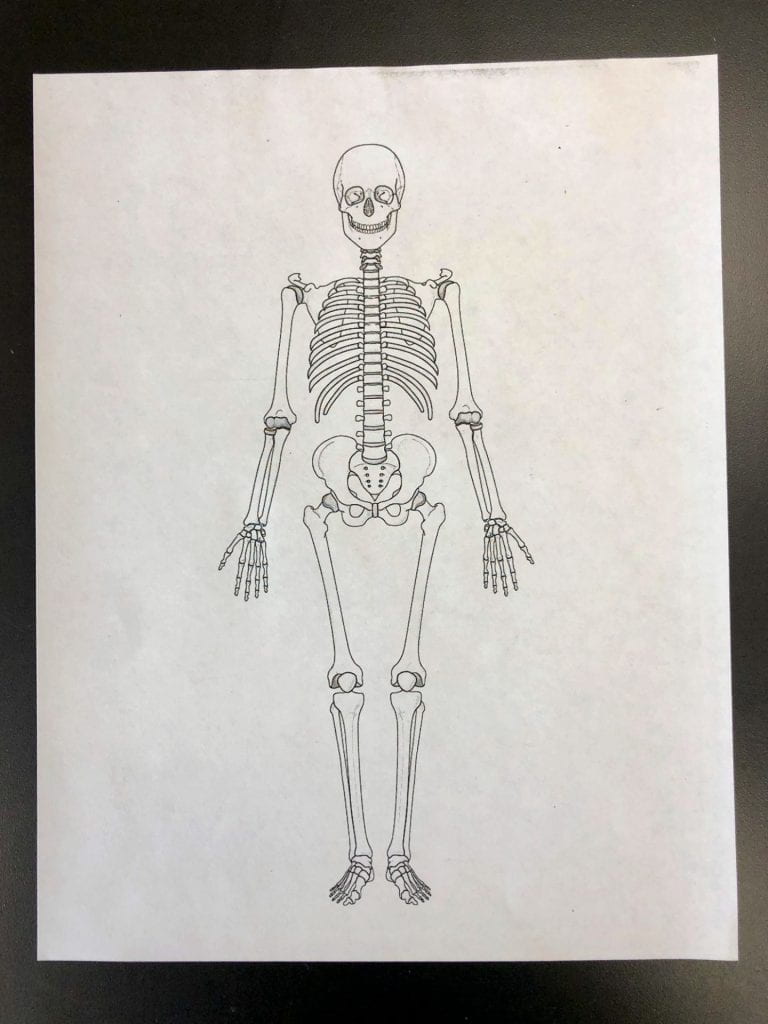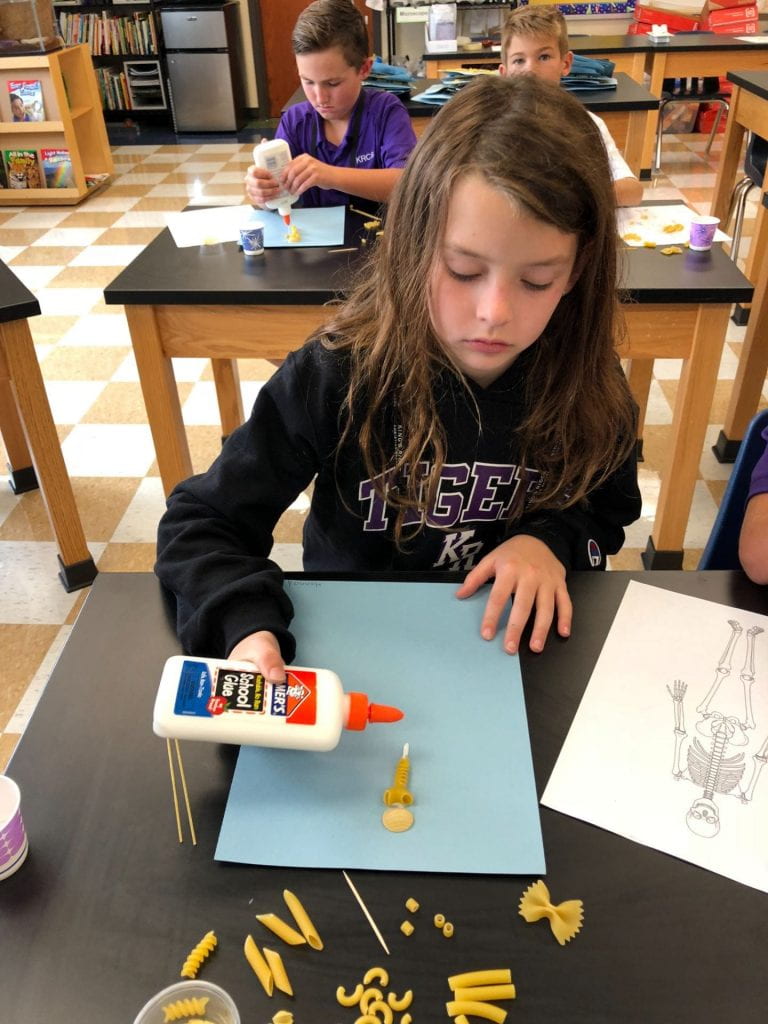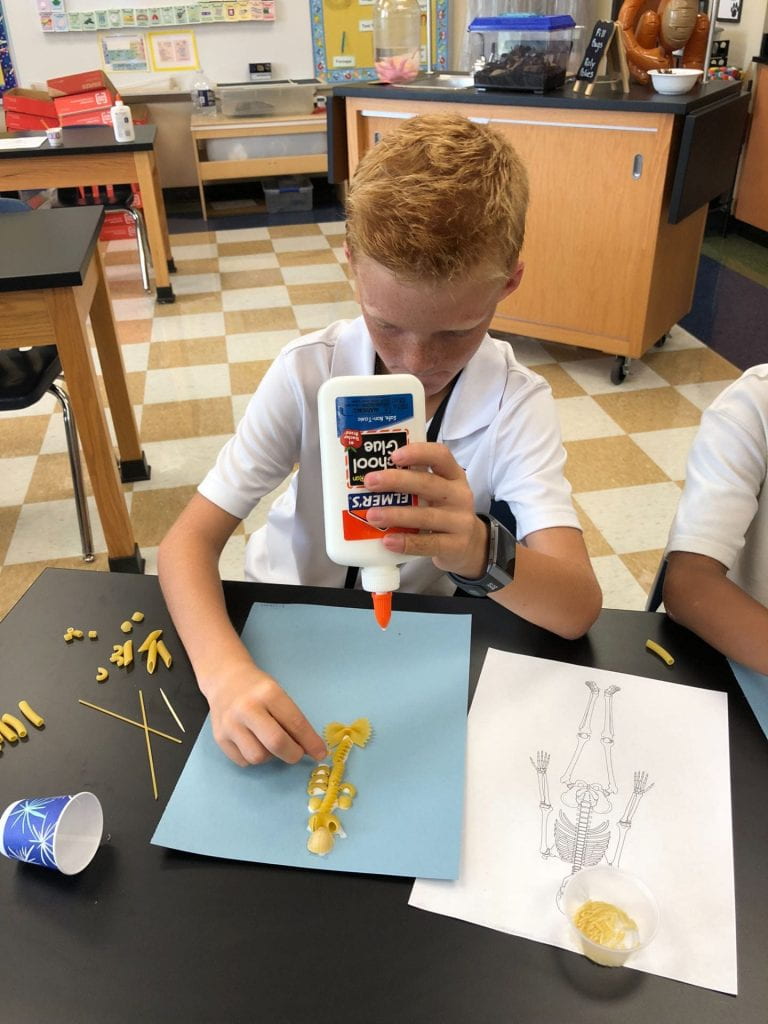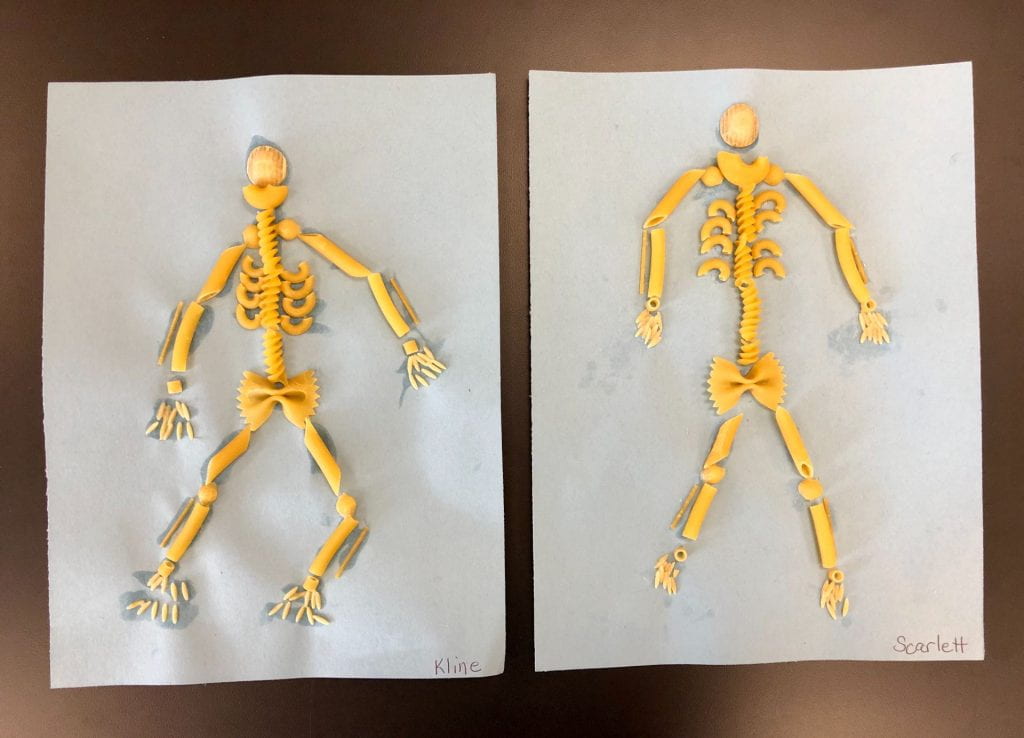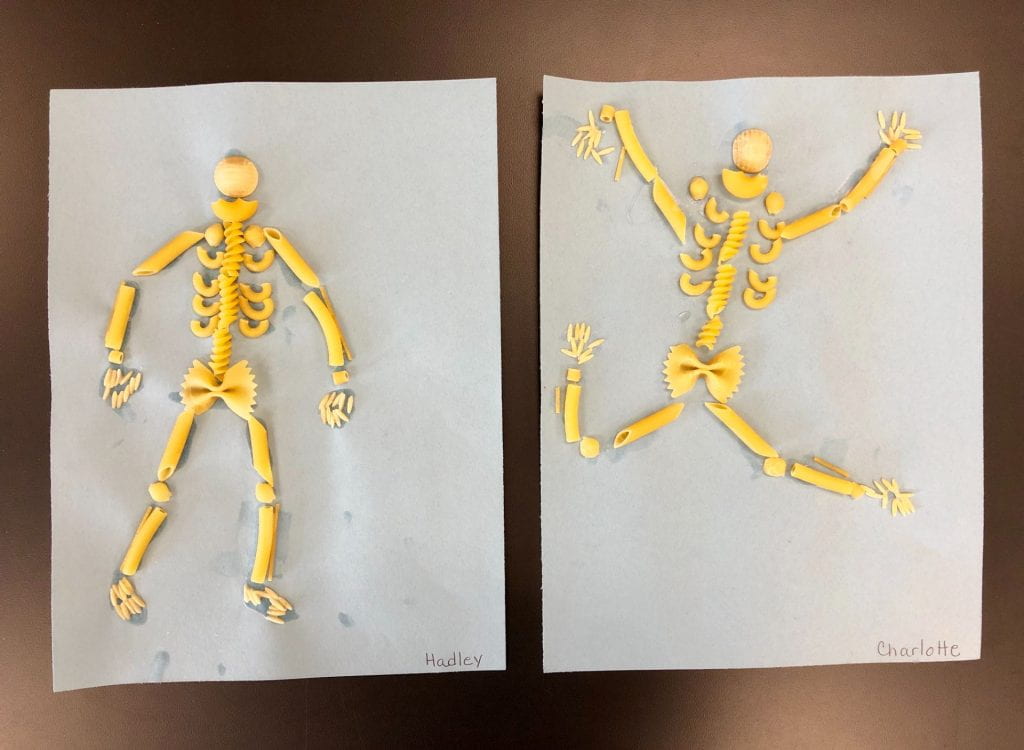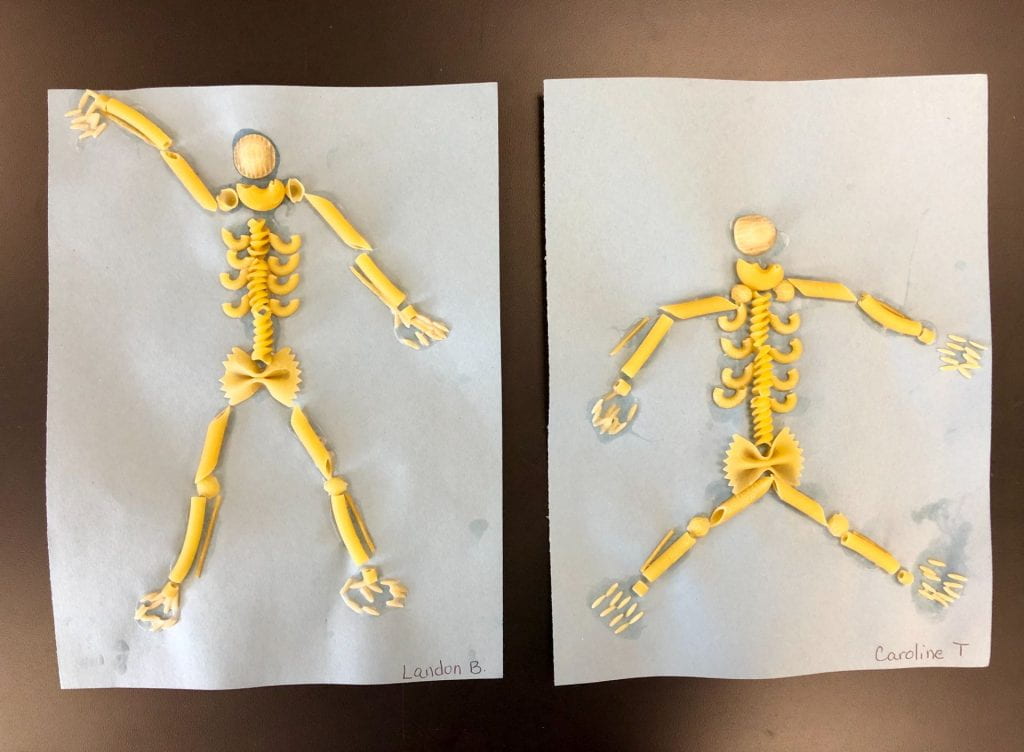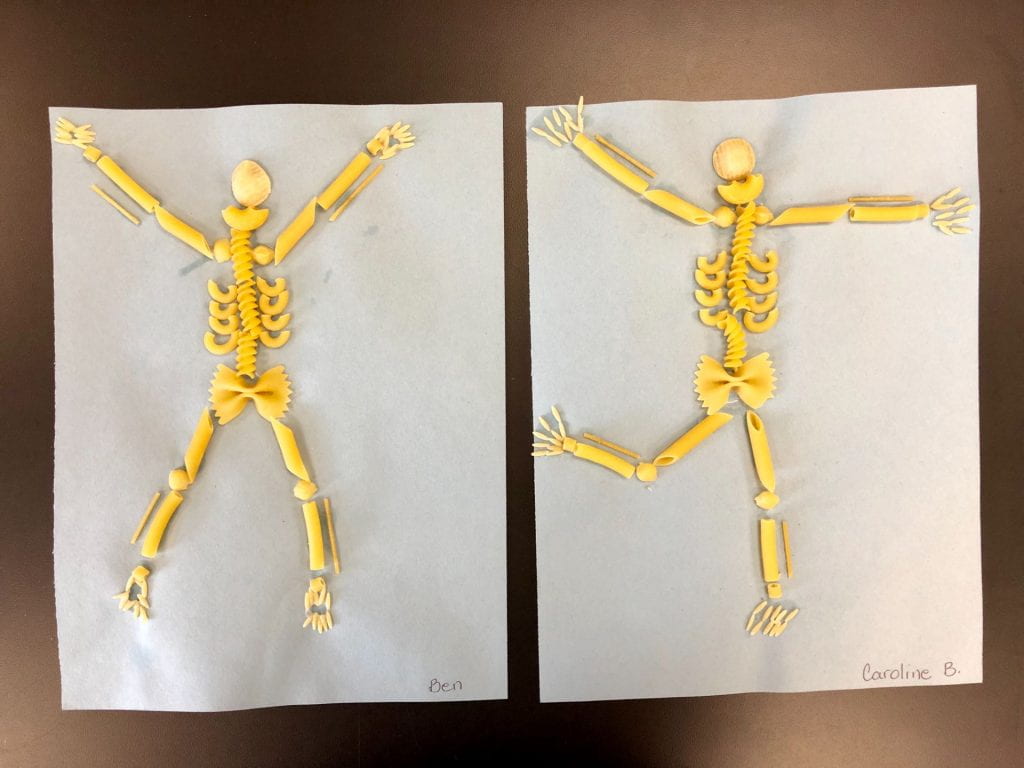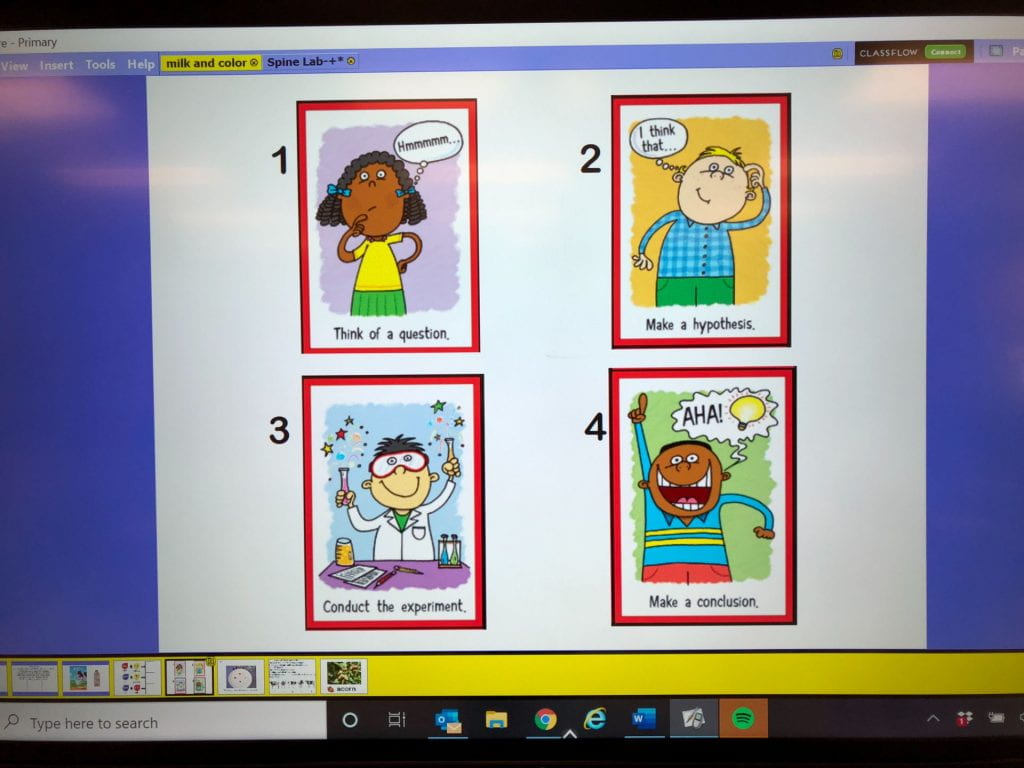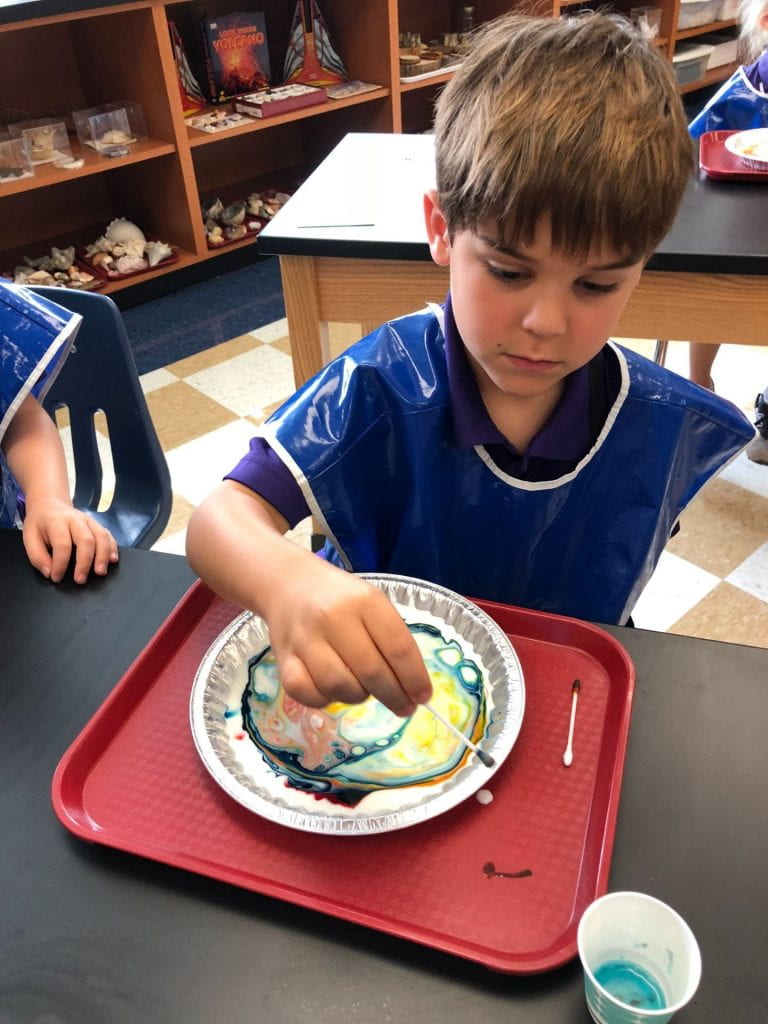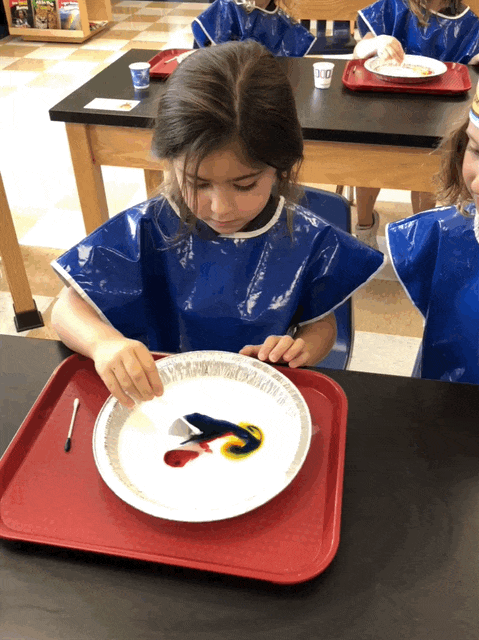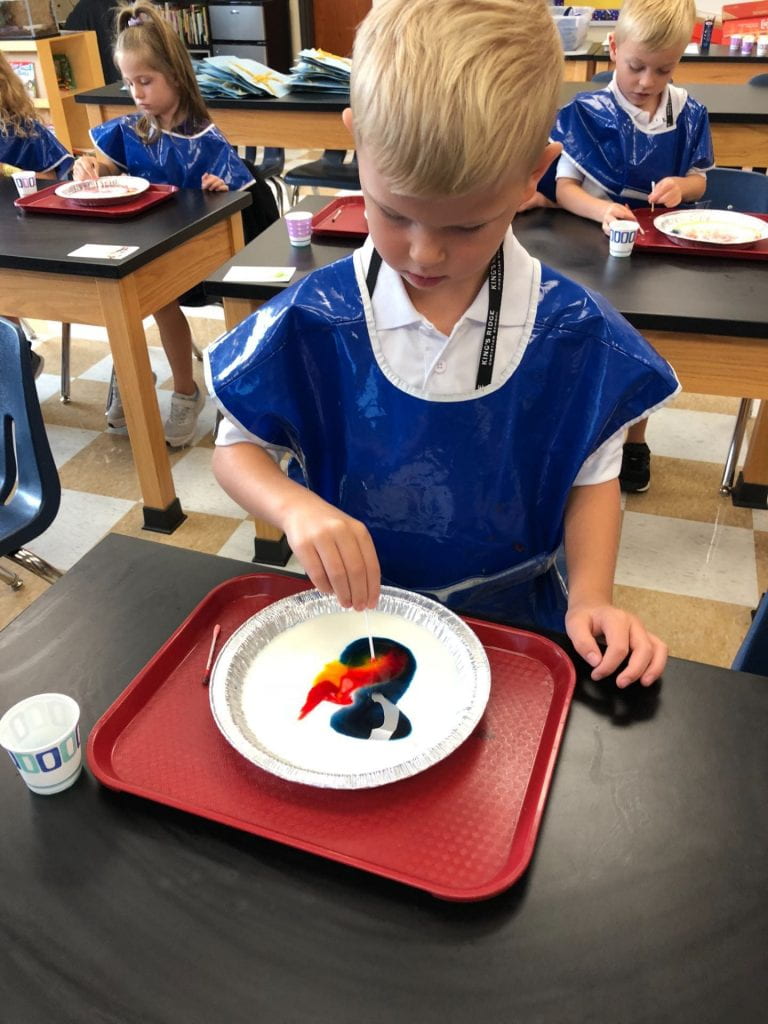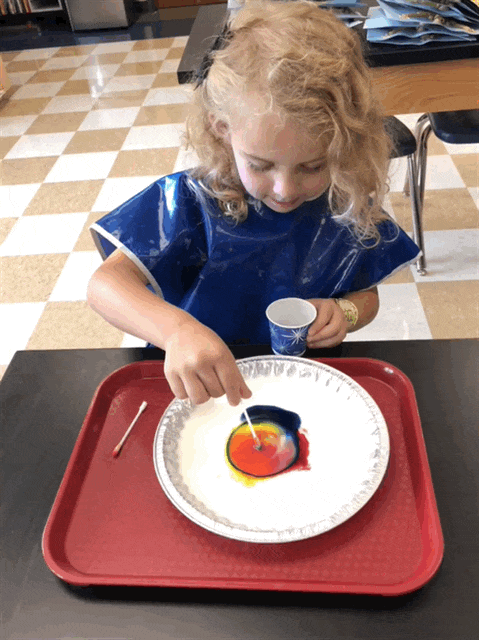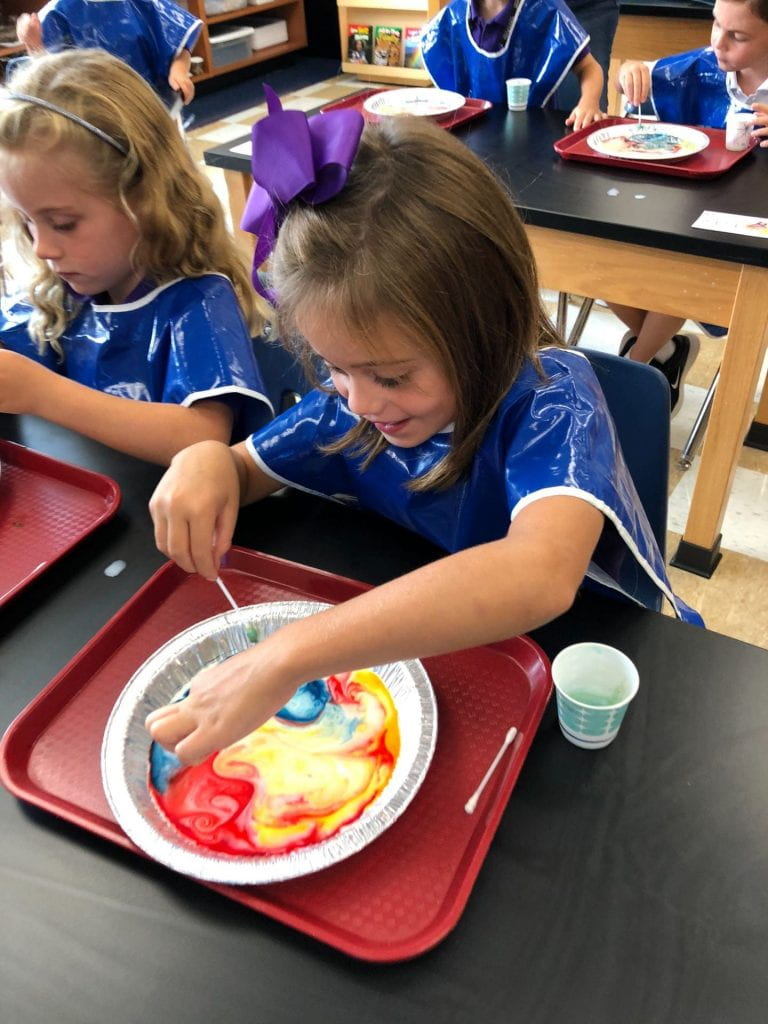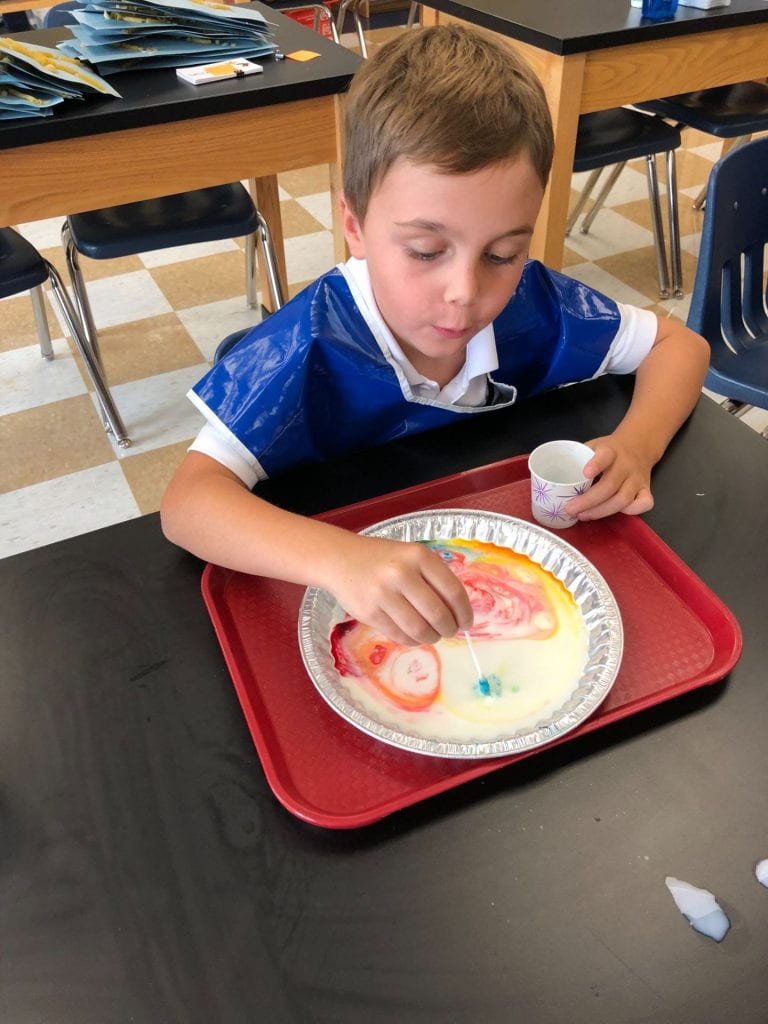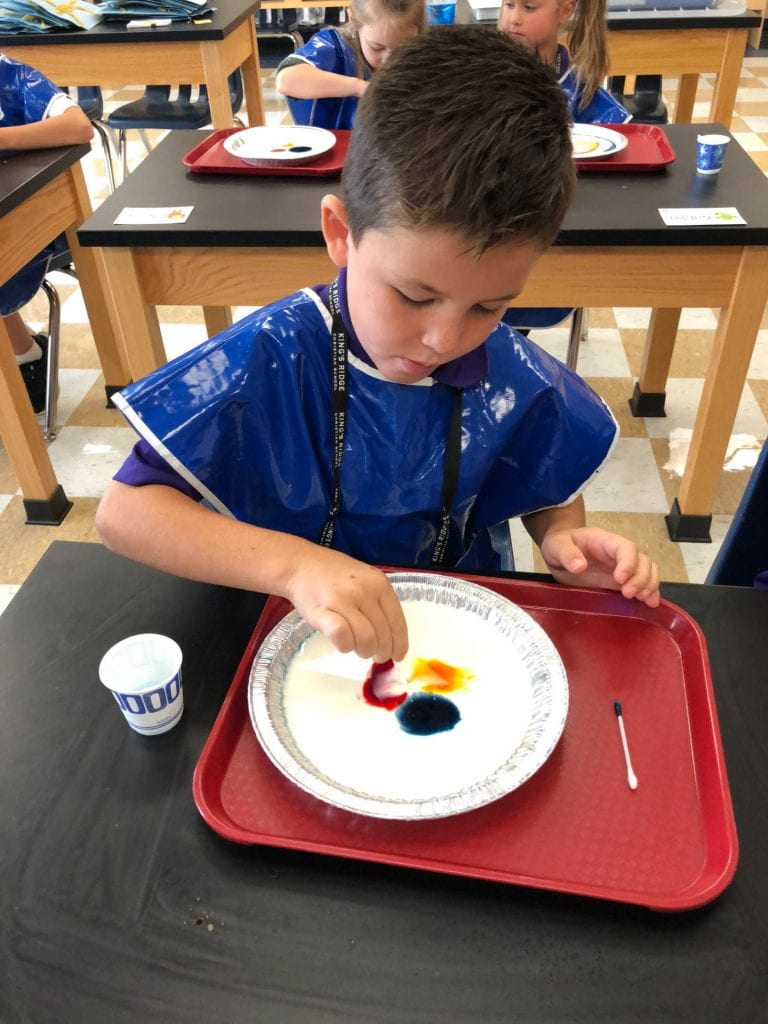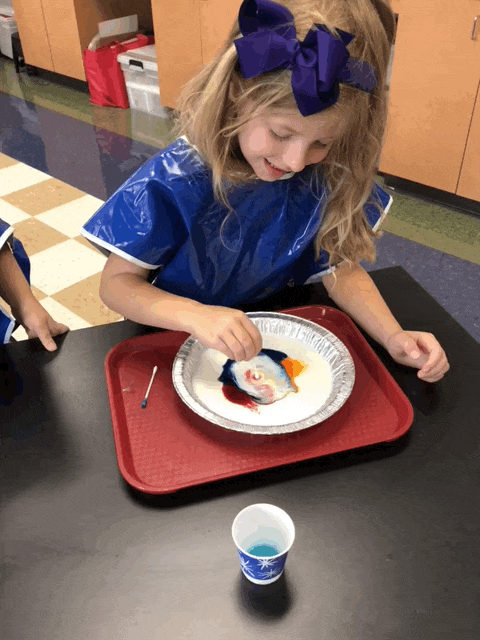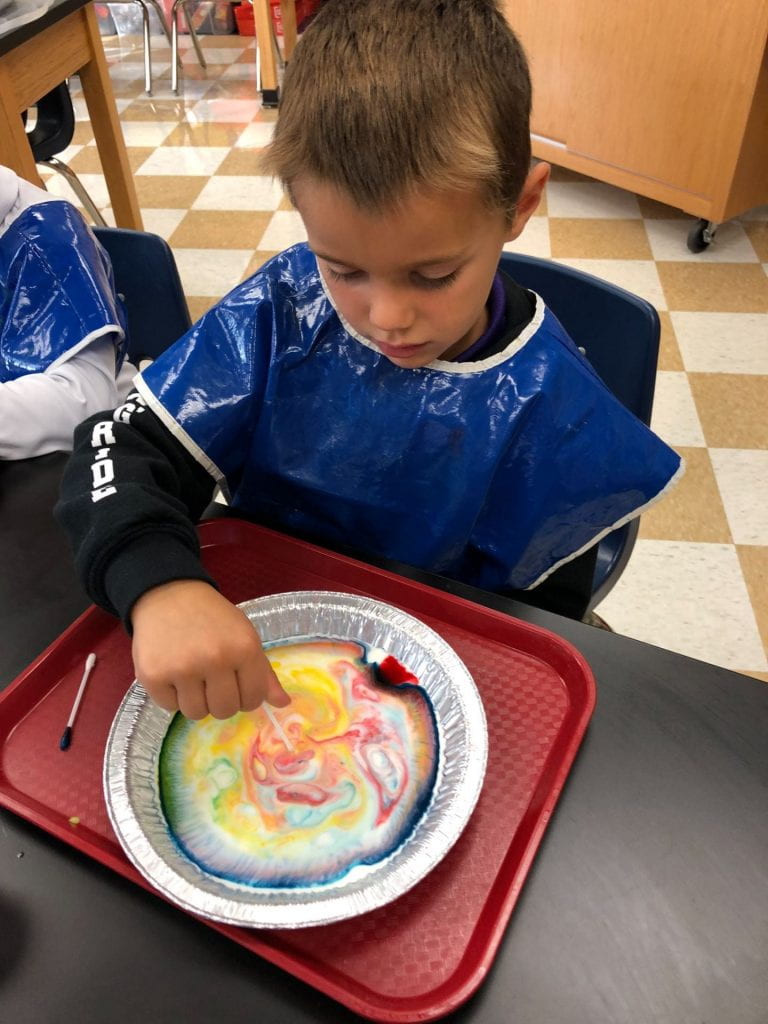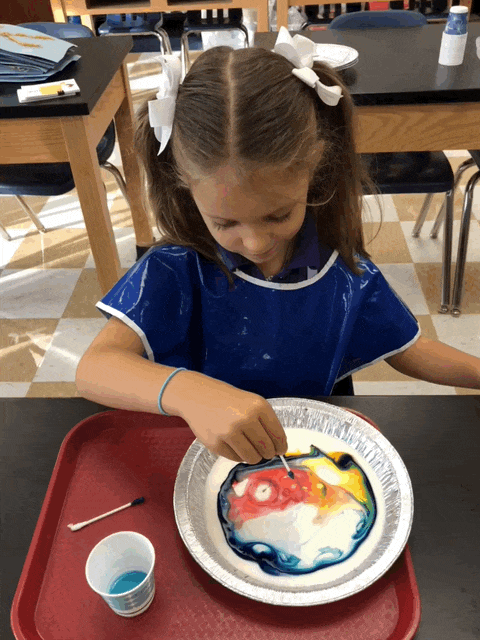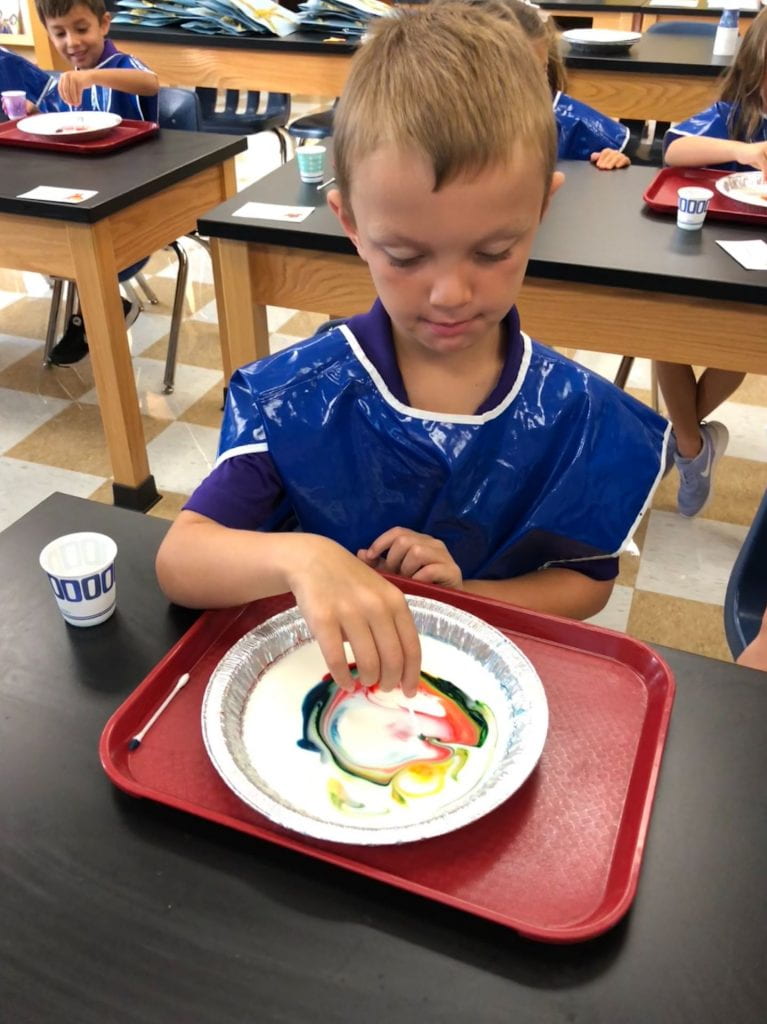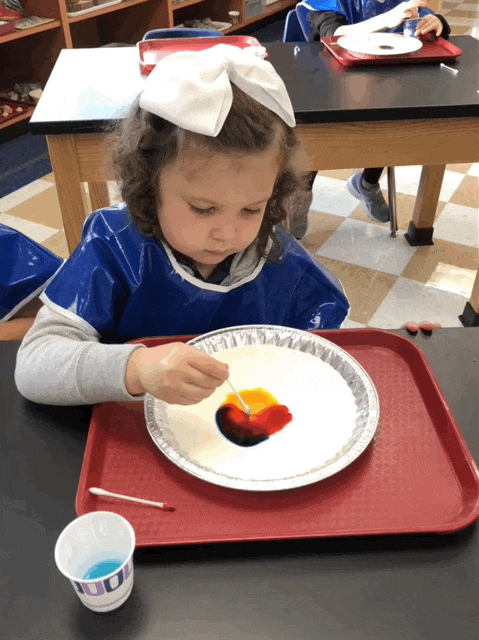Skeletons
From PreK on, I refer to the body parts using bones. As my scientists enter the lab, I ask them to sit on their pelvis and place their phalanges in their laps. Third grade students study the skeletal system and are introduced to all the major bones.
Some of the facts we’ve learned about bones:
Bones give us structure and help us stand.
Bones help us move because they work together with muscles.
We are born with 300 bones, but we have 206 bones when we are adults because some fuse together.
Bone marrow is the spongy tissue inside bones that produces blood cells.
The femur is the largest bone and the stapes, in the middle ear, is the smallest bone.
More than half the bones in our body are in our hands and feet.
Creating a pasta skeleton diagram was a fun way to practice the names of the bones! A diagram is one of the non-fiction elements. We will label the following bones next: skull, mandible, clavicle, ribs, humerus, ulna, radius, carpals, phalanges, pelvis, femur, patella, tibia, fibula, and backbone.
Click here to watch an informative video about our skeleton. Click here and here to learn the bones.
I praise you because I am wonderfully and fearfully made. Psalm 139:14
